Emergency lights usually come equipped with a battery backup to ensure they continue functioning if the main power supply fails, even if there's no backup generator. In buildings without a generator, it's advisable for exit signs to also have a battery backup.
During fire department inspections, the operational status of emergency lights is typically checked, both when powered and during a power outage. To comply with federal and state regulations, it's essential to maintain emergency lights adequately. When installing new units or upgrading existing ones, the question arises whether to only replace the battery or opt for replacing the entire fixture.
Emergency lights serve a critical purpose in illuminating spaces during emergencies like fires. In commercial buildings, it's mandatory to have emergency and exit-path lighting, ensuring illumination and clear identification of hallways, stairwells, and exits. These lights should emit a minimum of 1.07 lux of light along the emergency exit path at floor level and must stay illuminated for at least 90 minutes.
Even if a building lacks a centralized inverter or backup generator, it still necessitates distributed emergency lighting. This can be achieved through dedicated emergency lights or battery backup LED drivers integrated into specific fixtures. In instances where lights are mandated to be battery-powered, they often incorporate distinct circuitry to function during power outages.
When considering battery replacement in emergency lights and exit signs, two primary types of batteries are commonly used:
- Smaller in size and versatile in placement.
- Lightweight and require less installation support.
- Can be more expensive.
- Susceptible to extreme temperatures.
- If not initially fully charged, may never reach full capacity.
- More budget-friendly.
- Less impacted by extreme temperatures.
- Heavier and need additional support during installation.
- Must be kept upright.
- Larger in size and unable to be deep-cycled.
Battery life typically ranges between 2-4 years, they are available in different voltages and amperages, and maintenance is relatively quick and simple. Batteries for emergency lighting must be regularly cleaned and tested to ensure they are still operational and the lighting is not dimmed. A fully charged and well-maintained battery should sustain an emergency light for a minimum of 90 minutes. Should the results of the 90-second or 90-minute emergency readiness tests reveal inadequacies, such as failed illumination or insufficient brightness, immediate battery replacement is imperative.
It's crucial to conduct regular individual tests on each battery and promptly replace any that exhibit issues.
Even if a battery remains functional after reaching its typical operational lifespan (usually around four years), it's advisable to replace it. Streamlining the replacement process by changing all batteries simultaneously rather than sporadically is more efficient for organizational purposes. In larger buildings, a systematic approach, such as replacing batteries floor by floor, may be considered. Additionally, if batteries display signs of wear and tear, it's advisable to replace them promptly, considering that certain battery damage could affect the entire fixture, necessitating a complete replacement.
Knowing when to replace your emergency light fixture can be motivated by various factors.
Advancements in illumination technology, particularly the widespread integration of LED lighting, present compelling reasons for replacement. LED technology offers several advantages, including:
- Reduced energy consumption.
- Enhanced efficiency.
- Compact and safer lighting solutions.
- Capability to sustain the mandated minimum 90-minute illumination period for emergency lights without the need for an additional battery pack.
Modern lights are notably smaller than traditional incandescent and halogen bulbs, generating less heat. The market now offers sleeker designs, which could be an appealing choice for commercial or apartment buildings.
If an emergency light still employs traditional halogen or incandescent bulbs, it's likely older, possibly over 10 years old. In such cases, consider upgrading to an LED light, which is more current and efficient.
Visible indications of wear and tear such as dirt, discoloration, or haze on lamp heads can significantly affect light performance. If these signs are evident in the fixture, replacement should be considered. Furthermore, signs of battery corrosion, leakage, foaminess, or crustiness indicate aging and necessitate immediate replacement.
One might wonder why opt for changing the battery rather than getting a new fixture. Considering the advancements in LED lighting technology and more competitive pricing, why not invest a little extra for a new fixture instead of simply replacing the battery?
Swapping out a battery is often a simpler task compared to changing an entire fixture. Your property might have capable employees skilled in replacing numerous batteries, but not necessarily equipped to handle the complexities involved in replacing an entire light fixture that requires wiring. Typically, the involvement of a licensed electrician is essential for such tasks, which can incur higher costs and take more time.
When replacing an entire fixture, an electrician usually prefers to turn off the power in the area they are working. Coordinating a power shutdown while the building is occupied and people are working requires substantial coordination and might cause inconvenience to some tenants. In contrast, changing batteries often doesn’t necessitate shutting off the power.
Additionally, batteries might not function optimally in adverse conditions, such as cold temperatures or when exposed to moisture. In such cases, an electrician might consider relocating the battery, power source, or remote head of an indoor fixture outside. While manageable, this aspect requires careful consideration to prevent oversight.
Almost all self contained emergency lights have a battery that are designed to be replaced. They are designed to last about 4 years, with regular testing which actually does the battery some good. There are many factors that affect the life of a battery, that is why regular testing is a must.

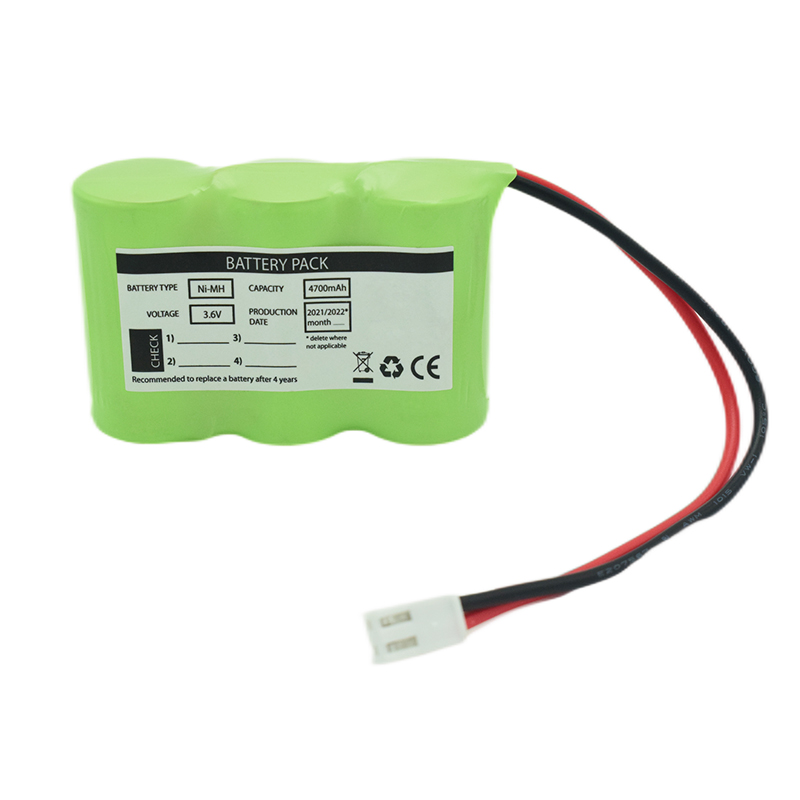 Ni-MH Battery C4700mAh 3.6V
Ni-MH Battery C4700mAh 3.6V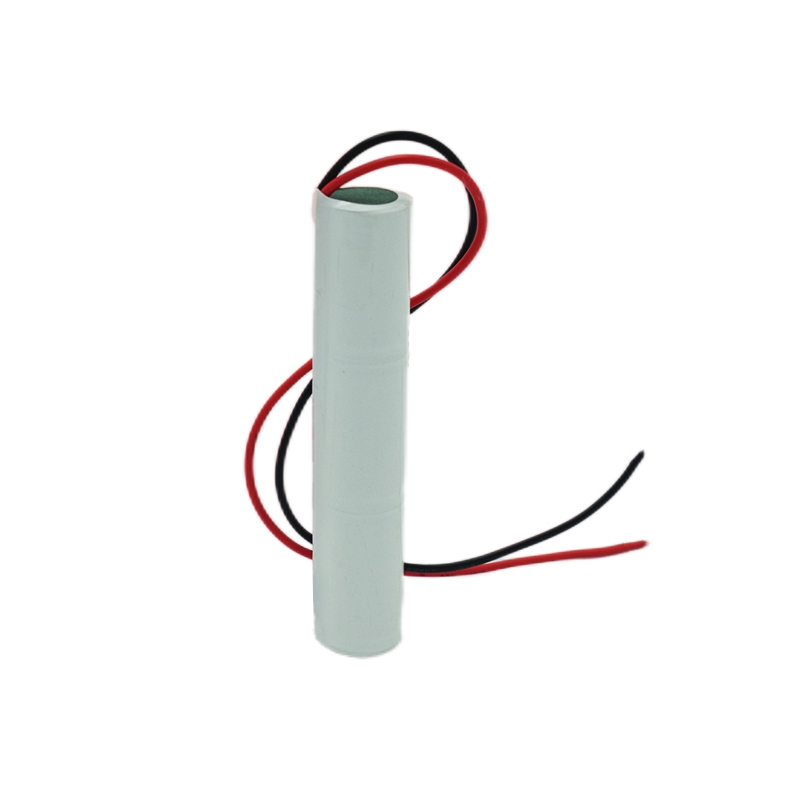 Nickel Cadmium Nicd Battery Pack SC1800mAh 3.6V
Nickel Cadmium Nicd Battery Pack SC1800mAh 3.6V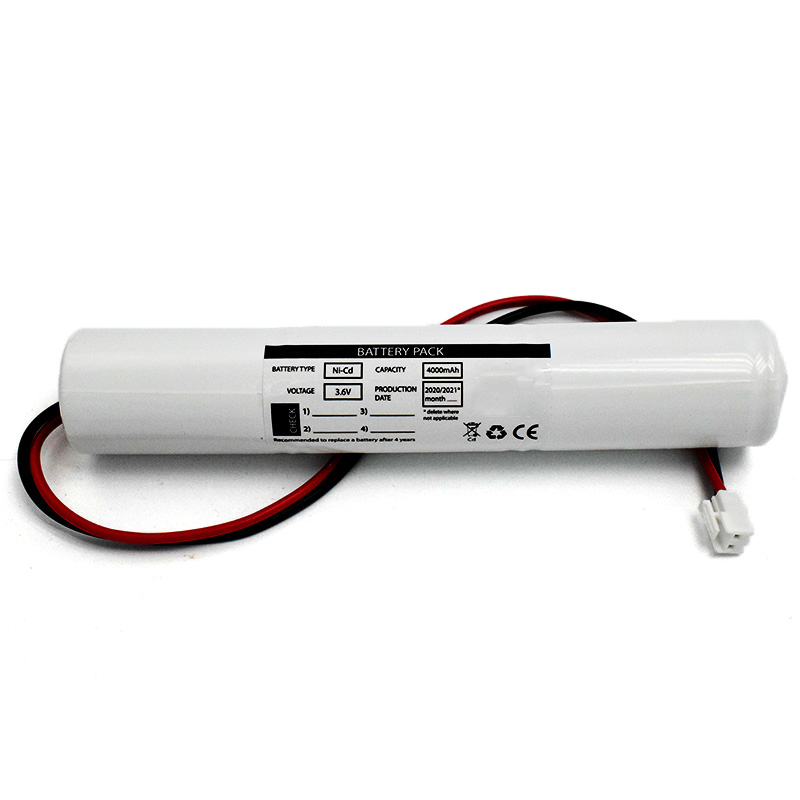 Ni-Cd Battery Pack D4000mAh 3.6V
Ni-Cd Battery Pack D4000mAh 3.6V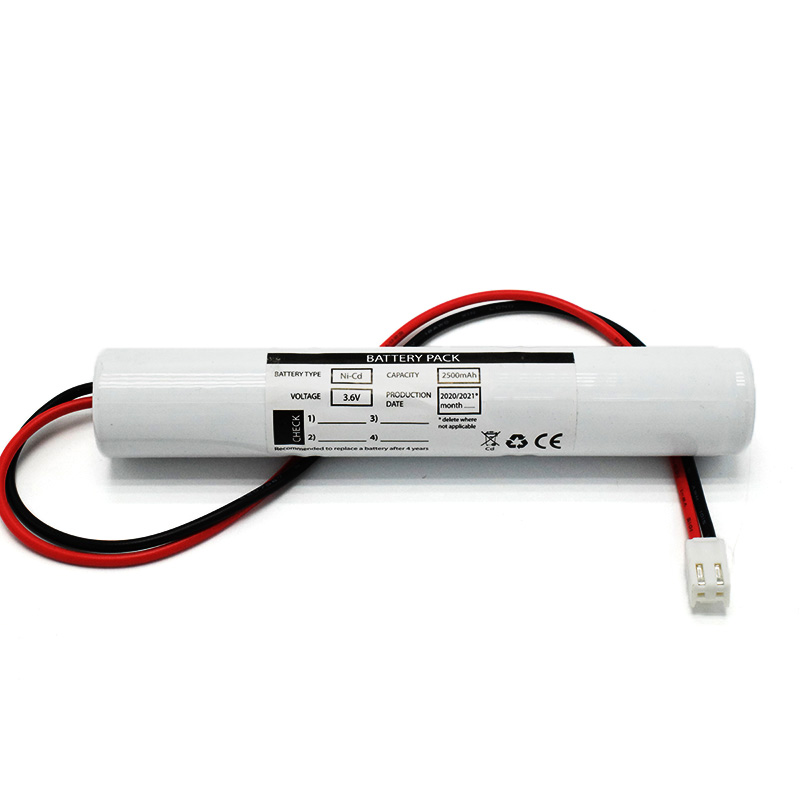 Ni-Cd Battery Pack C2500mAh 3.6V
Ni-Cd Battery Pack C2500mAh 3.6V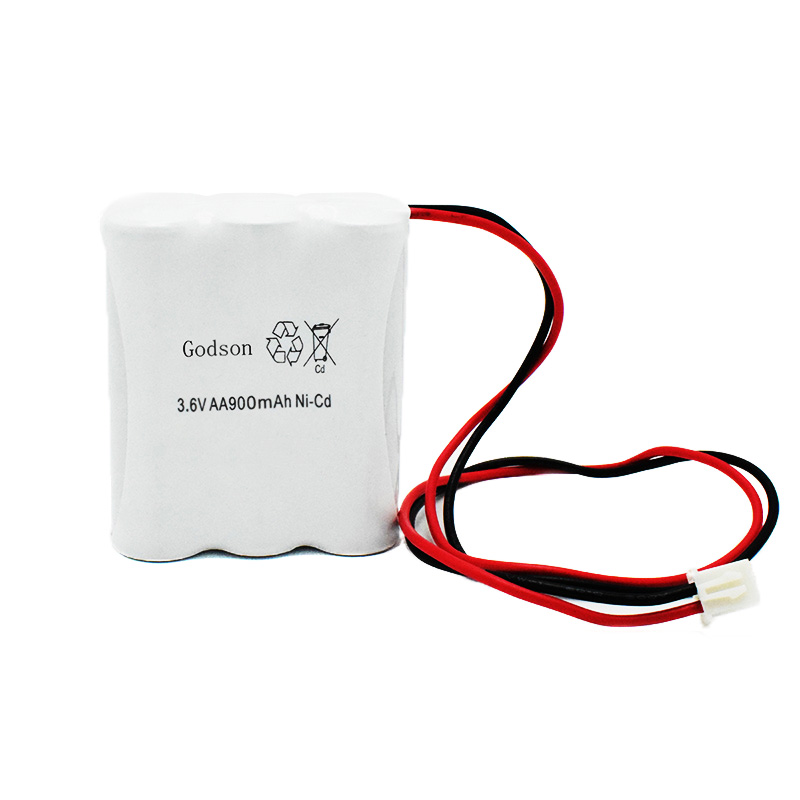 NICAD Battery Pack AA900mAh 3.6V
NICAD Battery Pack AA900mAh 3.6V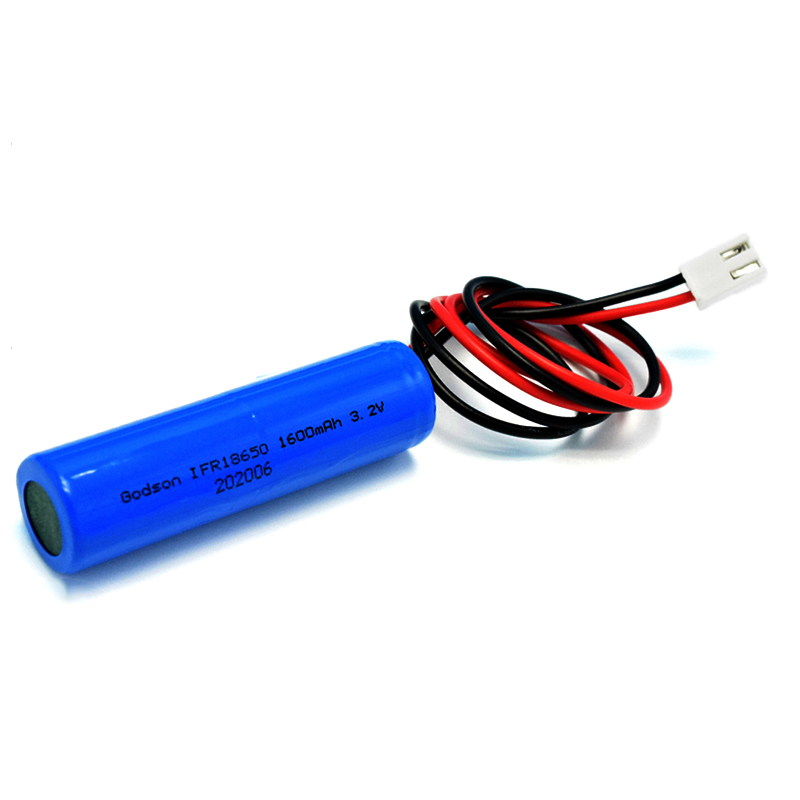 LiFePO4 IFR18650 1600mAh 3.2V
LiFePO4 IFR18650 1600mAh 3.2V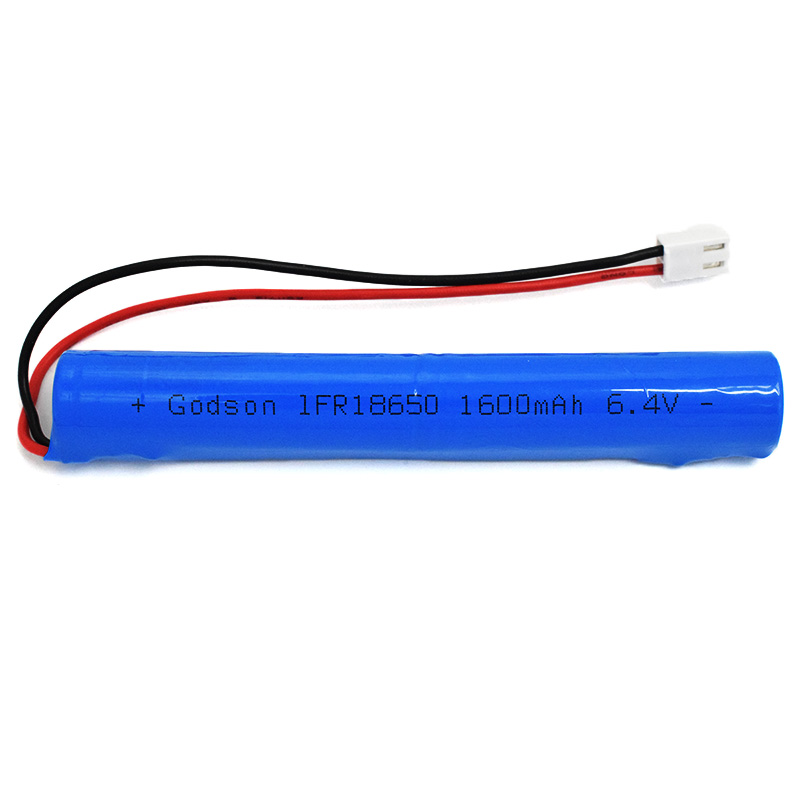 LiFePO4 IFR18650 1600mAh 6.4V
LiFePO4 IFR18650 1600mAh 6.4V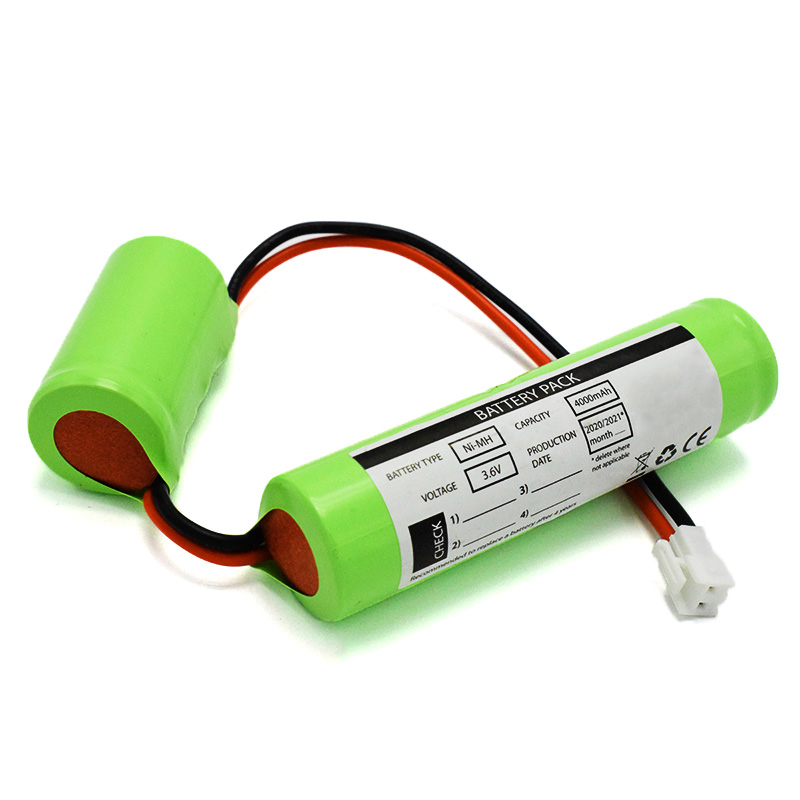 Ni-MH Battery C4000mAh 3.6V
Ni-MH Battery C4000mAh 3.6V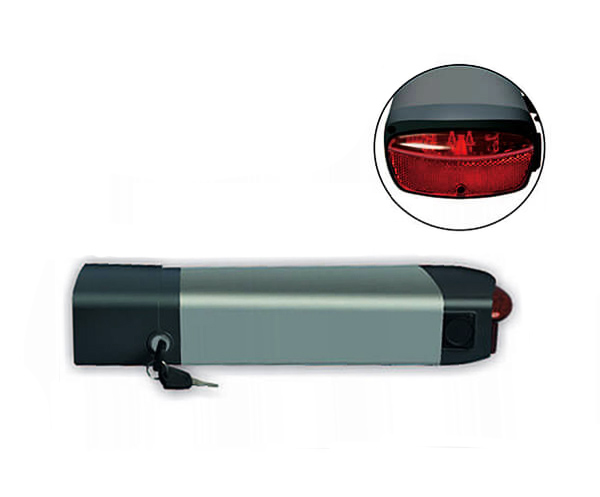 E-bike Battery 48V 10Ah JL-1
E-bike Battery 48V 10Ah JL-1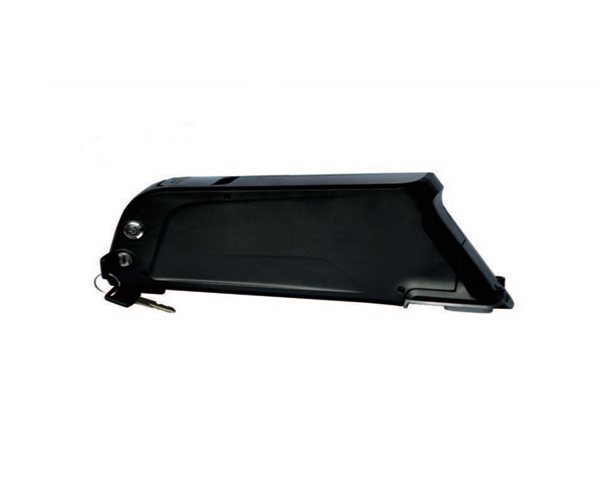 E-bike battery 48V 10Ah Qing Tian
E-bike battery 48V 10Ah Qing Tian